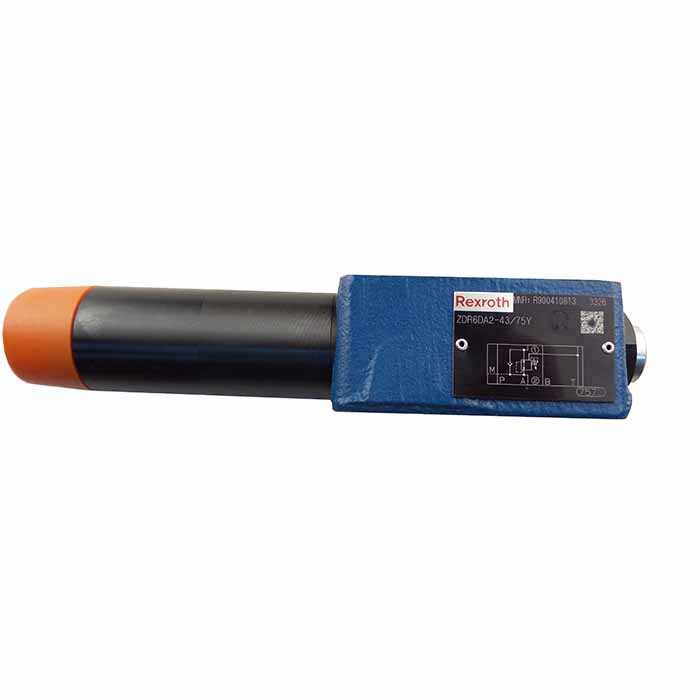How to Protect a Pressure Reducing Valve
Pressure Reducing Valves play a crucial role in various systems such as industrial, construction, and residential setups. Ensuring the proper functioning and longevity of these valves requires appropriate protective measures. Here are some effective ways to protect a pressure reducing valve:
1. Regular Maintenance and Inspection
Regular Inspections: Periodically check the pressure reducing valve to ensure it is in good working condition. Inspections should include looking for leaks, listening for abnormal sounds, and measuring if the output pressure is stable.
Regular Cleaning: The internal parts of the valve may accumulate dirt and debris over time. Regular cleaning can prevent these contaminants from affecting the valve's normal operation.
2. Install Filters
Pre-Filters: Installing a filter upstream of the pressure reducing valve can effectively block impurities in the pipeline from entering the valve, preventing wear and blockages caused by debris.
3. Proper Installation and Usage
Correct Installation: Ensure the pressure reducing valve is installed in a suitable location, avoiding areas prone to mechanical damage or harsh environmental conditions. Follow the manufacturer's installation guidelines to ensure secure connections and no leaks.
Proper Usage: Select the appropriate valve model and specifications according to the system's needs, avoiding the use of valves beyond their design pressure and temperature limits.
4. Prevent Overpressure and Pressure Fluctuations
safety Valves: Installing a safety valve downstream of the pressure reducing valve can automatically release pressure when the system pressure exceeds the set value, protecting both the valve and the entire system.
Shock Absorbers: Installing shock absorbers in the system can reduce the impact of pressure fluctuations on the valve, ensuring its stable operation.
5. Environmental Protection
Corrosion Prevention: If the valve is installed in a corrosive environment, take anti-corrosion measures such as using corrosion-resistant materials or applying anti-corrosion coatings.
Temperature Control: Avoid exposing the valve to extreme temperatures. In extreme hot or cold environments, take insulation or heat shielding measures to protect the valve’s normal operation.
6. Training and Operating Procedures
Staff Training: Ensure that operators receive professional training to understand The working principle and operation methods of the pressure reducing valve, enabling them to correctly operate and maintain the valve.
Operating Procedures: Develop and strictly enforce operating procedures, including steps for startup, shutdown, and pressure adjustment, to prevent damage to the valve from incorrect operation.
Conclusion
By implementing regular maintenance, proper installation and usage, environmental protection, and staff training, pressure reducing valves can be effectively protected, ensuring their long-term stable operation and providing safety and efficiency for various systems.
Saivs brand
- Rexroth 2FRM 2FRM5 2FRM6 2FM10 2FRM16 series Hydraulic flow control valve
- A2FE Axial piston fixed motor
- ZD Hydraulic Directional Control Valves
- Hand Pump HP-08/10/16
- A2F5-1000 Rexroth Hydraulic Pump Parts
- rexroth solenoid valve DBW10A DBW10B
- Crane Combination Winch
- A4VF500/A4VG28~71/A4VTG71/A4VG90~250/A4VHW90 rexroth hydraulic pump parts
- Hydraulic control check valve rexroth Z2S6 Z2S10 Z2S16 Z2S22 Z2S22-1-52/V
- A10VSO/31 Rexroth Hydraulic pump
